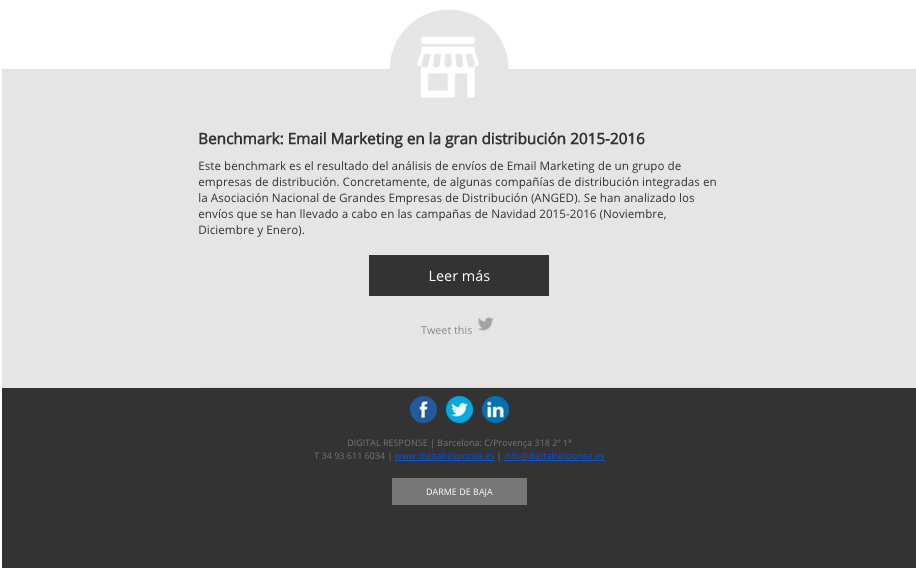How to successfully integrate email marketing with social networks

In this post, we will talk about the importance of creating Cross Channel strategies in marketing campaigns in order to get the most out of each of the tools we have at our disposal to reach and attract users.
First of all, it is important to be clear What is Cross Channel?. As we have already commented on different occasions, the cross channel marketing is a practice that integrates the use of different channels available to users, adapting messages to each of them and offering an integrated vision of them. On this occasion, we will focus on the integrating social media with email marketing. These two channels are currently growing steadily and have proven to be essential elements in reaching certain sectors of the population.
On the one hand, social media is one of the most powerful digital channels for maximising the impact of our online publications. On the other hand, email marketing is considered one of the best digital strategies to increase sales and have a direct contact with users.. So why not combine both channels and try to get the most out of each one? To remain competitive in the market, it is essential that your business continuously adapts to the different changes that occur along the way. Nowadays, social networks and email marketing are part of this change. However, you should not consider reaching your users through one or the other. They are not incompatible. In fact, quite the opposite. The confrontation of both channels does not allow you to extract the potential that you could really get out of your marketing campaigns.
In the following, we will present different 6 tips for successfully integrating email marketing with social media:
1) A clear example of integrating social media with email marketing is add social media icons with links to your emails. In this way, users will be able to access social networks quickly and directly. Not all users are aware of what channels we have at our disposal to interact with them, so let's take advantage of every communication to make it known. This is probably one of the simplest techniques, as most email programmes offer the option of configuring a personalised automatic signature that allows you to add this type of icon. We offer the possibility, in each email, for the user to become a fan or follower and to echo the content received. It is a matter of completing the FTAF (Forward To a Friend) with the SWYN (Share With Your Network) to attract new users and obtain indirect conversions.

2) Include opt-in registration forms on our Facebook company page, to allow users to receive our newsletter or our communications, is another effective way to combine both channels and to offer the user the possibility of being continuously informed of our brand's news.
3) Social media can be a source of valuable information about our users. We can extract information from social networks that will allow us to segment our databases. more precisely and consequently the email marketing services The products we will offer will be much more precise and unique to each of our segments.
4) Combine lists of followers/users from different channels will also allow us to have a broader view of our users. For example, once we have information about which of our users are fans or followers, we can carry out email marketing actions aimed specifically at that group (presumably our followers on social networks are the users who most value our brand, so it makes sense that they get special treatment). The same goes the other way around. Using the emails of our email subscribers, we can launch ad campaigns on Facebook or Twitter to those users of our subscriber database that best suits us in order to address only to our target audience. (If you want to know more about Facebook Custom Audiencesclick)
5) Let's treat each channel individually. Although the messages must be consistent, each channel has its own tone and audience, so we must take care with the creative and copies and adapt to each of the different channels.
6) Measure ROI per user as well as per channel. There may be channels with a lower volume of users and responses. However, an analysis at user level may show that the conversion rates of followers are much higher than those obtained in other channels.
For more information, download our ebook on "Tactics for integrating email marketing with social media".